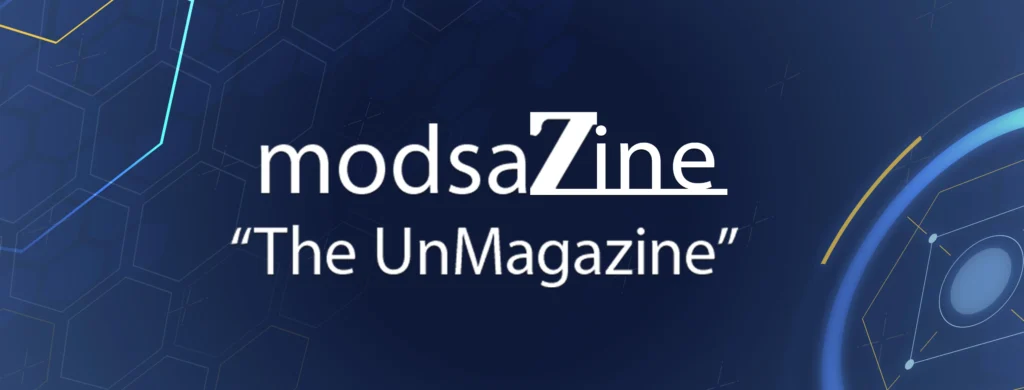While many marketers are familiar with common triggered emails, such as welcome messages or cart abandonment reminders, several lesser-known types can significantly enhance customer relationships and boost business performance. This article will explore some of these often-overlooked triggered emails, their benefits, and how to set them up in your email marketing platform.
What Are Triggered Emails?
Triggered emails are automated messages sent to customers based on specific actions or behaviors. These personalized and timely emails make them highly relevant to the recipient. By utilizing triggered emails, businesses can nurture relationships, provide value, and increase engagement without additional manual effort.
Lesser-Known Triggered Emails to Consider
1. Post-Purchase Feedback Requests
After a customer makes a purchase, they are in a prime position to share their thoughts about their experience. Post-purchase feedback requests can help businesses gather valuable insights, improve their products or services, and increase customer satisfaction.
How to Set Them Up:
- Timing: Send the email within a few days of purchase to ensure the customer’s experience is fresh in their mind.
- Personalization: Use your customers’ names and reference the product they purchased.
- Request Feedback: Collect feedback using a simple survey or rating system. Ideally, it should be no more than three questions.
- Incentivize: Consider offering a discount or entry into a giveaway for completing the survey to encourage participation.
2. Re-engagement Emails for Inactive Customers
Inactive customers represent missed opportunities. Re-engagement emails can rekindle interest and encourage former customers to reconnect with your brand.
How to Set Them Up:
- Identify Inactive Customers: Use your email marketing platform to segment customers who have not engaged with your emails or purchased from you in the past six months.
- Craft a Compelling Message: Highlight what they’ve been missing, offer personalized recommendations, or provide an exclusive incentive to return.
- Clear Call-to-Action: Ensure the email includes a strong call-to-action (CTA) that directs them back to your website or product page.

The Double Engagement Playbook: How Two Emails Can Lead to Maximum Engagement
3. Birthday or Anniversary Emails
Celebrating customer milestones such as birthdays or anniversaries can foster a personal connection and enhance brand loyalty.
How to Set Them Up:
- Collect Data: Gather birth dates or customer anniversaries during the sign-up process or through customer accounts.
- Create a Celebration Email: Craft a warm, personalized message with a special offer or discount to celebrate their milestone.
- Timing: Send the email a week before their birthday or anniversary to give them time to redeem the offer.

Unlocking Engagement: Celebrating Subscriber Milestones for Lasting Connections
4. Product Usage Tips and Best Practices
Customers often need guidance on how to get the most out of their purchases. Sending product usage tips can improve customer satisfaction and reduce the likelihood of returns.
How to Set It Up:
- Identify Trigger Points: Set up emails to trigger a few days or weeks after a customer’s purchase.
- Provide Value: Create content highlighting tips, tricks, or best practices for effectively using the purchased product.
- Include Visuals: Use images or videos to demonstrate tips visually and enhance the learning experience.
5. Event Reminders
If your business hosts webinars, workshops, or in-person events, sending reminders can increase attendance and engagement.
How to Set Them Up:
- Segment Attendees: Use your email marketing platform to segment individuals who have registered for the event.
- Timing: Send a reminder one week before the event and another 24 hours before.
- Engaging Content: Include details about the event, such as speakers, topics covered, and any necessary preparations. Consider adding a calendar invite link for convenience.
6. Post-Event Follow-Up Emails
Following up after an event shows attendees that you value their participation and provides an opportunity to nurture ongoing relationships.
How to Set It Up:
- Timing: Send the follow-up email within a few days of the event.
- Content: Thank attendees for participating, summarize key takeaways, and provide access to recorded sessions or additional resources.
- Feedback Request: Include a link to a brief survey to gather feedback on the event and suggestions for future topics.
7. Win-Back Emails for Lapsed Customers
Win-back emails aim to re-engage customers who haven’t purchased from you in a while. They can be an effective way to reignite interest in your brand.
How to Set Them Up:
- Segment Your List: Identify customers who haven’t purchased in the last year or so.
- Craft Your Message: Remind them of your brand’s value, offer a special discount, or highlight new products they might like.
- Urgency: Create a sense of urgency with a limited-time offer to encourage action.
Best Practices for Setting Up Triggered Emails
- Personalization: Utilize customer data to personalize triggered emails. Use names, past purchase details, or behavioral data to make your emails relevant.
- Testing: Experiment with different subject lines, content styles, and CTAs to determine what resonates best with your audience. A/B testing can help identify the most effective strategies.
- Automation Tools: Take advantage of your email marketing platform’s automation features. Set triggers based on specific customer actions to ensure timely delivery.
- Mobile Optimization: Ensure all triggered emails are mobile-friendly. Many users access their emails on mobile devices, so your content should be easily readable and actionable.
- Analytics and Adjustments: Review the performance of your triggered emails regularly. Analyze open rates, click-through rates, and conversions to identify areas for improvement.
Triggered emails are an invaluable tool for building deeper customer relationships and enhancing engagement with your brand. While many marketers focus on common triggers, exploring lesser-known options like post-purchase feedback requests, birthday greetings, and event reminders can yield significant benefits.
Setting up these automated emails saves time, provides value to your customers, and ultimately drives business growth. Start integrating these overlooked triggered emails into your email marketing strategy today, and watch as your customer relationships deepen and your engagement rates soar.



